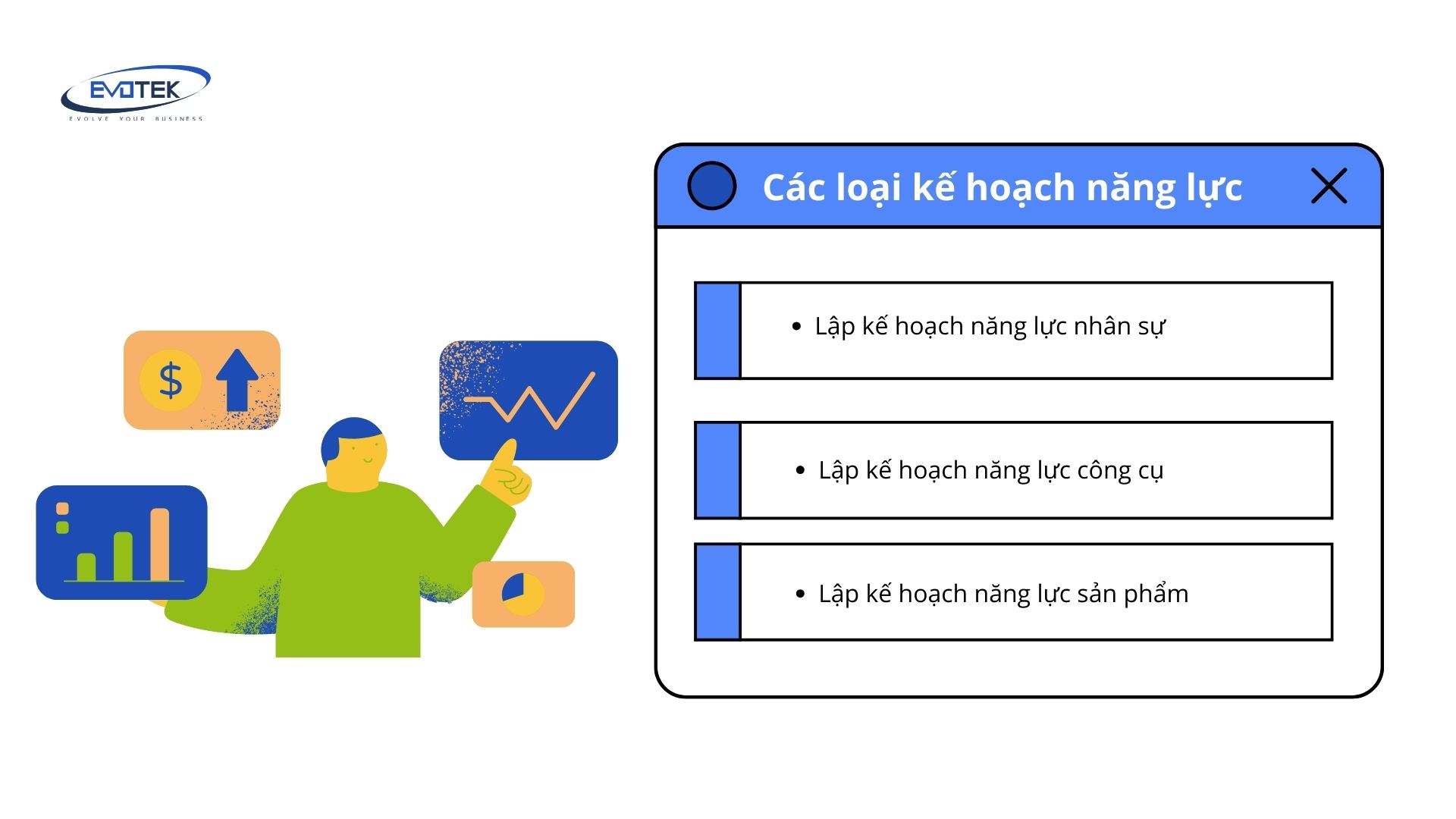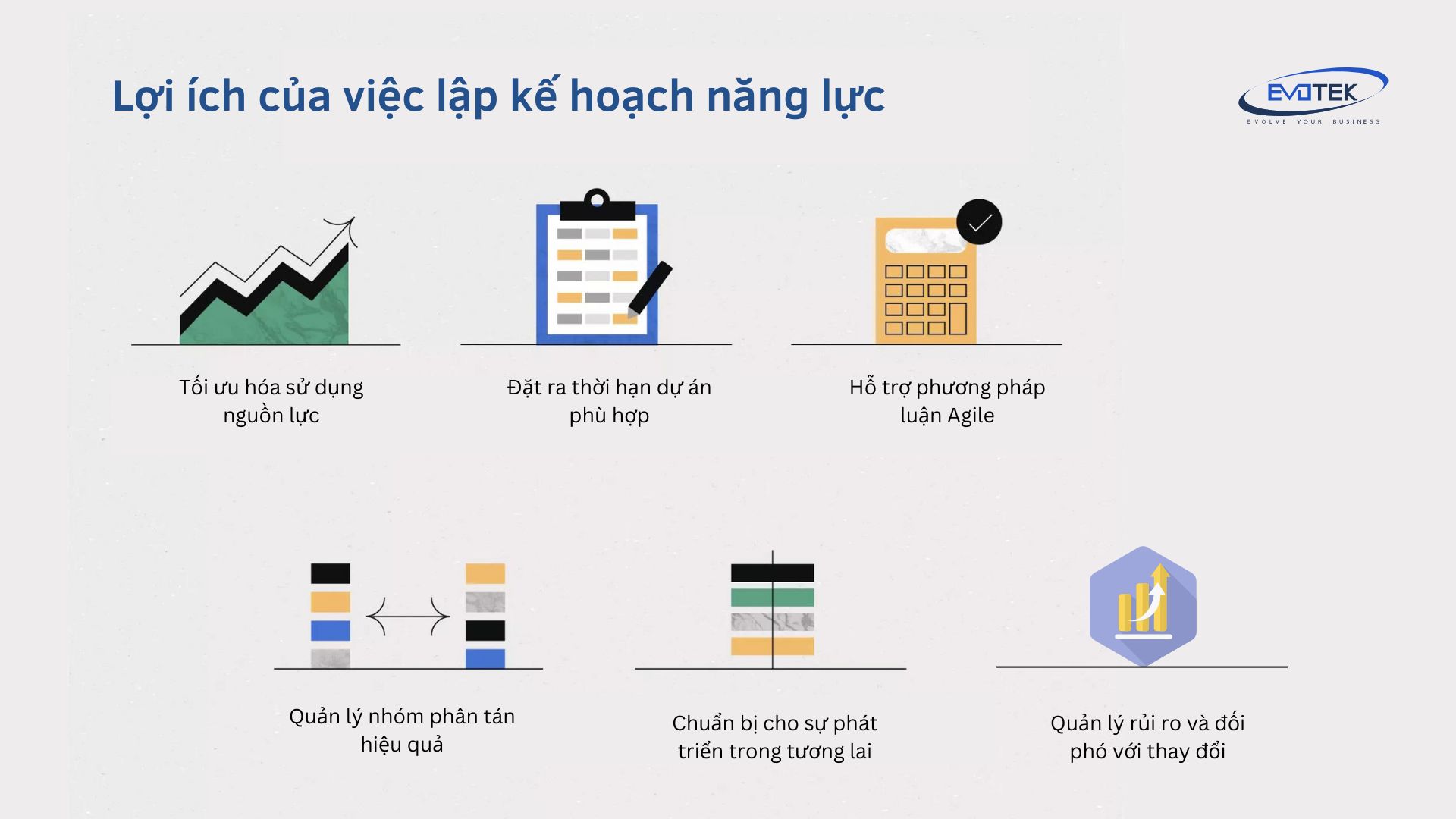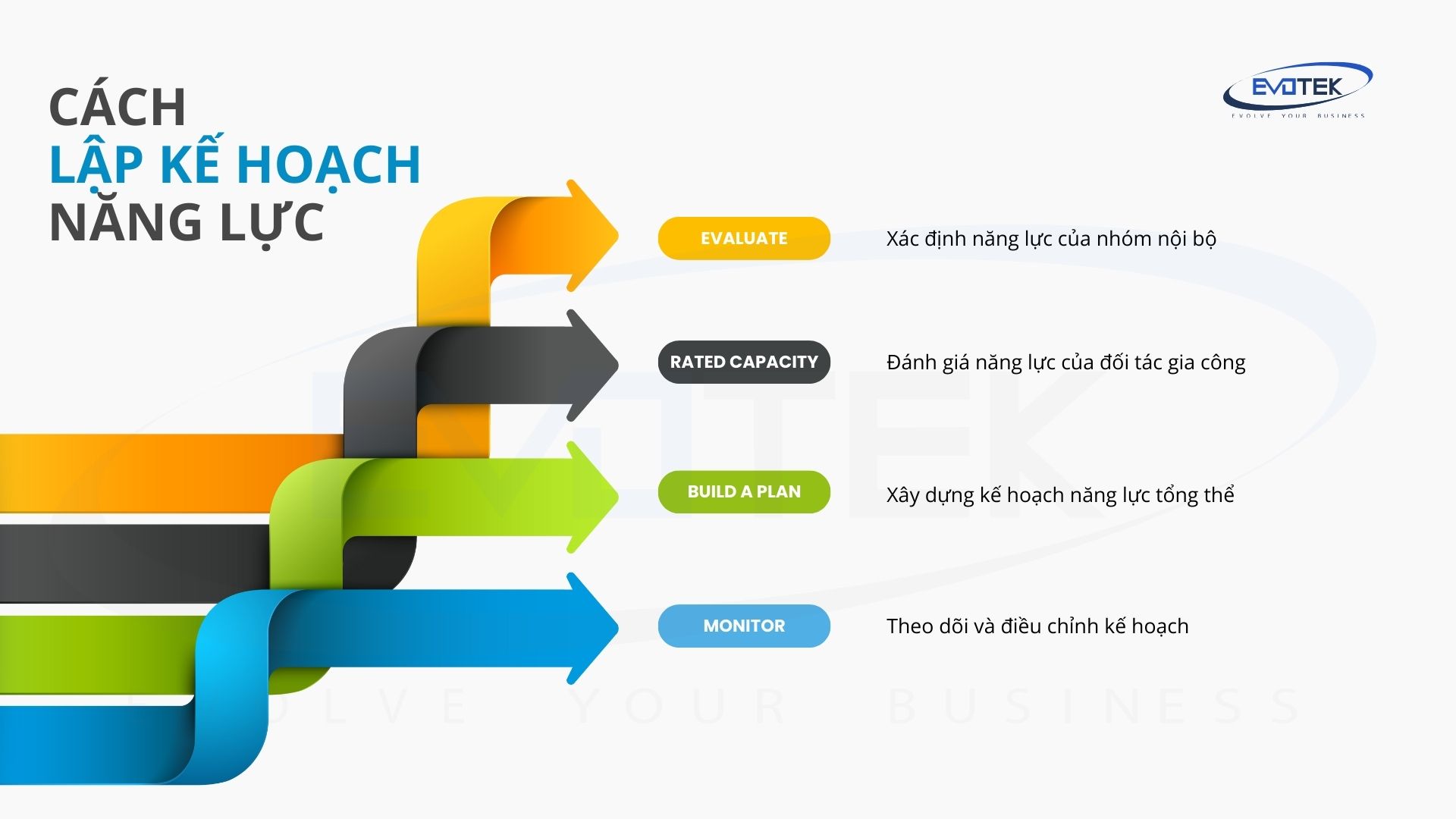Capacity assessment for software developers involves strategically evaluating the team’s ability to adapt to changing technology and customer demands. It goes beyond ensuring there are enough skilled team members in the right places at the right times. This process considers various factors to work effectively. There are many other factors that need to be considered for this process to work effectively.
In this guidance, we’ll cover everything you need to know about capacity management, from understanding your team’s pace to using historical data to forecast future demand. This knowledge will empower your team to respond quickly and flexibly to changes.
What is capacity planning?
Capacity planning is a strategic process that determines an organization’s or team’s ability to complete work over a specific period. It involves assessing the current skills and potential for growth within the team to ensure that the right resources are available to meet business needs.
There are two main types of capacity planning:
Long-term capacity planning: This involves analyzing organizational trends and strategies to identify areas where future capacity development is necessary. It guides decisions on recruitment, training, and personnel development in line with long-term business goals.
Short-term capacity planning: This type of planning uses data from previous work cycles to estimate how much work the team can complete in the upcoming cycle. It helps in effectively assigning resources, scheduling work, and managing workloads more accurately.
While long-term capacity planning shapes strategic decisions, short-term capacity planning directly influences day-to-day activities. It offers a detailed view of work capabilities using past data, aiding teams in making precise estimates of upcoming workloads.
The capacity planning process involves several key steps:
- Assess current employee capacity to gauge work potential.
- Identify areas requiring additional personnel.
- Schedule recruitment and decide on optimal hiring times.
- Plan for employee absences, including vacations and time off.
- Determine training and skill enhancement needs for existing staff.
It’s important to distinguish capacity planning from forecasting. Forecasting uses historical data to predict future outcomes, while capacity planning focuses on understanding current capacity to make well-informed decisions about resource allocation and addressing future demands.
Types of capacity plans include:

1. Human Resource Capacity Planning
Human resource capacity planning is crucial for software development teams to ensure they have the right people with the necessary skills for continuous product and service enhancement. This process involves strategic steps:
- Analyzing current human resource needs: Evaluate the number and skills of existing staff in software development, testing, maintenance, and outsourcing. Identify any gaps or redundancies in specialized skills.
- Forecasting future demand: Predict future labor requirements based on factors like product development strategies, technological advancements, market trends, and customer demands. Focus on key areas like software development, artificial intelligence, Internet of Things (IoT), and other emerging technologies.
- Conducting gap analysis: Compare current and future labor demands to pinpoint gaps in both quantity and skills. Especially scrutinize areas such as programming, design, software architecture, and outsourcing processes.
- Developing action plans: Formulate strategies to address identified gaps, including hiring new talent, providing upskilling training for existing staff, implementing professional development programs, or collaborating with external software outsourcing units when necessary.
- Implementation and monitoring: Execute action plans and continually monitor and adjust them to ensure that human resources align with the evolving needs of software development projects and outsourcing services.
Effective human resource planning enables organizations to utilize their workforce efficiently, thereby maximizing productivity and profits. It also fosters an appealing work environment, enhancing employee engagement and motivation. Organizations that grasp the significance of this process gain a sustained competitive advantage in attracting and retaining talent.
2. Tool Capacity Planning

Tool capacity planning is a vital aspect of software development, ensuring that project teams have the necessary technological resources to meet objectives and perform at their best. This planning encompasses various elements such as computer hardware, software, programming tools, integrated development environments (IDEs), testing tools, source code management systems, databases, and any other technology required throughout the software development lifecycle.
Effective tool capacity planning ensures that each team member has access to the necessary tools to fulfill their responsibilities. This promotes productivity and efficiency while reducing the risk of delays or errors due to inadequate technology resources. Additionally, the plan includes provisions for tool maintenance, upgrades, and replacements as needed to maintain up-to-date and stable operations.
As project requirements evolve or new technologies emerge, the tool capacity plan must adapt accordingly to ensure the team always has sufficient resources to meet new demands and capitalize on the latest advancements. Simultaneously, efficient planning helps optimize costs by investing solely in essential tools and avoiding unnecessary expenses.
By carefully planning tool capacity, software developers can focus on their core tasks without technological hindrances, ensuring steady project advancement and high-quality outcomes.
3. Product Capacity Planning
Product capacity planning is essential for ensuring that the final product aligns with customer needs and expectations. This process involves several key steps: Understanding customer needs: This means figuring out what the customer wants from the product. Keeping up with market trends and new technology: It’s important to stay updated on what’s happening in the industry to include relevant features and functions in the product. Predicting future needs: Anticipating how customer requirements might change over time helps keep the product relevant.
Through product capacity planning, developers can figure out what resources they need—like people, technology, tools, and expertise—to create the desired features. This ensures that the project team has what it takes to meet product requirements and deliver solutions throughout the software development process.
This ensures that the project team has what it takes to meet product requirements and deliver solutions throughout the software development process. Product capacity planning also involves thinking about potential risks, such as changes in requirements, security issues, or new technology. By planning for these scenarios, developers can reduce risks and make sure the product still meets customer needs.
By planning for these scenarios, developers can reduce risks and make sure the product still meets customer needs. When working with an outsourcing partner, product capacity planning means choosing the right partner based on their capabilities, experience, and resources. It’s crucial to pick a partner who can handle the project’s requirements effectively.
The benefits of capacity planning include:

Optimize Resource Usage
Capacity planning enables developers to accurately evaluate the capacity of both internal teams and outsourcing partners. This assessment allows for effective resource allocation, preventing wastage or overloading of work.
Set Appropriate Project
Deadlines Understanding the capabilities of the team enables project managers to establish realistic timelines for each project phase. This helps in avoiding unrealistic deadlines and enhances overall performance, thus improving work quality and stakeholder relationships.
Support Agile Methodology
In Agile software development, teams often self-organize and adjust their workload based on project needs. Capacity planning aids self-managing teams in monitoring progress and ensuring they undertake a manageable workload.
Manage Distributed Teams Effectively
For distributed software development teams, capacity planning is crucial to distribute workloads among members in different locations. This synchronization ensures effective contribution to meeting project requirements.
Prepare for Future Growth
As businesses and projects expand, resource needs evolve. Capacity planning assists in predicting and adjusting plans accordingly, which may involve hiring additional staff or engaging new outsourcing partners.
Managing Risk and Adapting to Change
Capacity planning involves assessing potential risks such as changing requirements or security issues. By planning and preparing, developers and outsourcing partners can collaborate to minimize risks and ensure the product continues to meet customer needs.
By carefully and comprehensively planning capacity, software developers can be confident in having sufficient resources, including internal teams and outsourcing partners, to deliver a high-quality product that meets customer needs and achieves success in the market.
How to Plan Capacity

Capacity planning is crucial for ensuring that available resources, from individual servers to entire data centers, are utilized efficiently and effectively.
The process of capacity planning involves the following key steps:
1. Assess the Capacity of the Internal Team
The first step is to calculate the internal team’s capacity for each sprint. This includes determining the total number of hours available to the team during the Sprint, minus periods of holidays, vacations, and other unrelated activities.
Next, it is necessary to determine the team’s average velocity, which represents the number of user story points the team can complete in a Sprint. This information can be calculated based on the results of previous Sprints.
2. Evaluate the Capabilities of Software Outsourcing Partners
If the project uses resources from a software outsourcing partner, it is necessary to evaluate this partner’s capabilities, including considering the partner’s experience, expertise, workflow and resources in the field of development. specific software development.
Similar to the internal team, it is necessary to determine the outsourcing partner’s capabilities during each phase of the project, including average velocity and ability to meet product feature and quality requirements.
3. Develop a Comprehensive Capacity Plan
After assessing the capabilities of both the internal team and the outsourcing partner, developers can build an overall capacity plan for the project, including appropriate resource allocation between the internal team and the outsourcing partner. machining operations, ensuring that all project requirements are met effectively.
In this planning, factors such as the ability to adjust capacity between Sprints, the stability of the team and outsourcing partners, as well as other activities such as meetings, planning and reviews, need to be considered.
4. Monitor and Adjust the Plan
Throughout the software development process, it is important to monitor and adjust the capacity plan. Developers need to continuously evaluate the capabilities of their internal teams and outsourcing partners, and adjust plans as necessary to meet changes in requirements, risks, or resources.
Furthermore, effective coordination and communication between the internal team and outsourcing partner are essential to ensure clarity regarding the capacity plan and facilitate adjustments as needed.
Capacity Planning Strategies
There are three primary strategies used in capacity planning:
Lag Strategy
This approach involves adjusting the resources of the software development team based on the actual project requirements. Rather than increasing resources preemptively, the team waits and evaluates project progress before making adjustments. This helps minimize the risk of unused resources and unnecessary expenses.
Example: A small software company is developing a mobile application. They initially start with a small team of 3 programmers. As the project advances and demands grow, they gradually hire additional programmers to meet the increased workload.
Lead Strategy
This strategy anticipates future demand and increases capacity proactively. Resources, including personnel, technology, and tools, are allocated in advance to ensure the team has sufficient capacity to handle emerging demands.
Example: Imagine a large software company embarking on the development of a new cloud computing platform. They foresee a surge in demand for the platform’s features and scalability in the coming years. To prepare for this, they bolster their development team by hiring additional programmers, project managers, and testers. This ensures they have ample capacity to handle the anticipated increase in demand.
Match Strategy
Another approach, known as the Match Strategy, blends elements of the Lag and Lead strategies. It involves continuously adjusting the team’s capabilities to align with the evolving needs of the project. The development team consistently monitors requirements and adjusts resources accordingly, whether by scaling up or down in terms of personnel or technology.
Example: Consider a software company working on a sophisticated enterprise management system (ERP). Initially, they start with a modest team. However, as the project advances and requirements grow, they expand resources by hiring more personnel and integrating new technologies. Subsequently, as specific project milestones are achieved, they may scale back the team size to optimize costs.
The choice of capacity planning strategy hinges on various factors such as the scale, complexity, and nature of the software project, as well as available resources and the ability to forecast business needs accurately. Effective capacity planning empowers software developers to optimize resources, ensure project advancement and quality, and manage costs efficiently.
